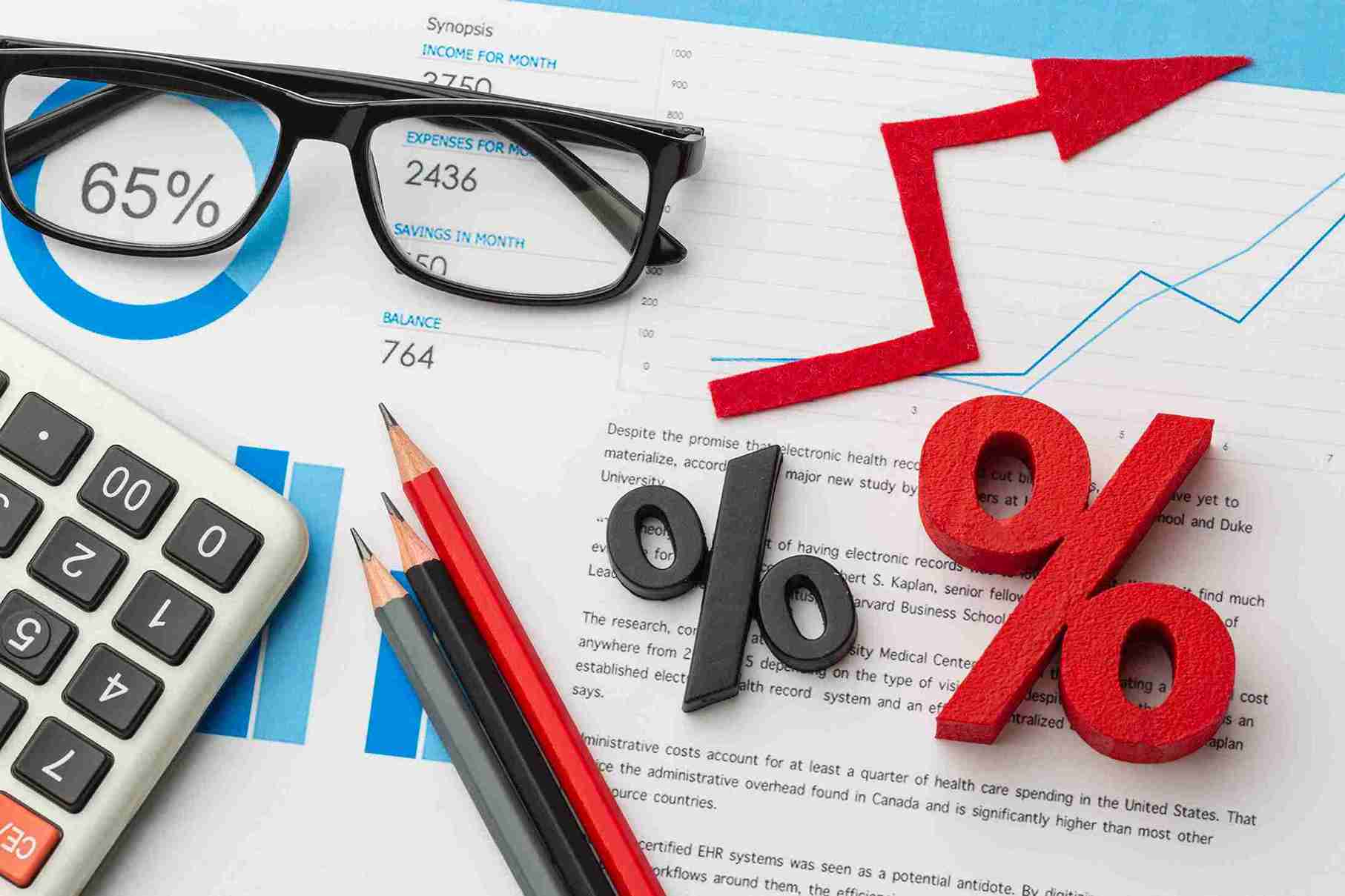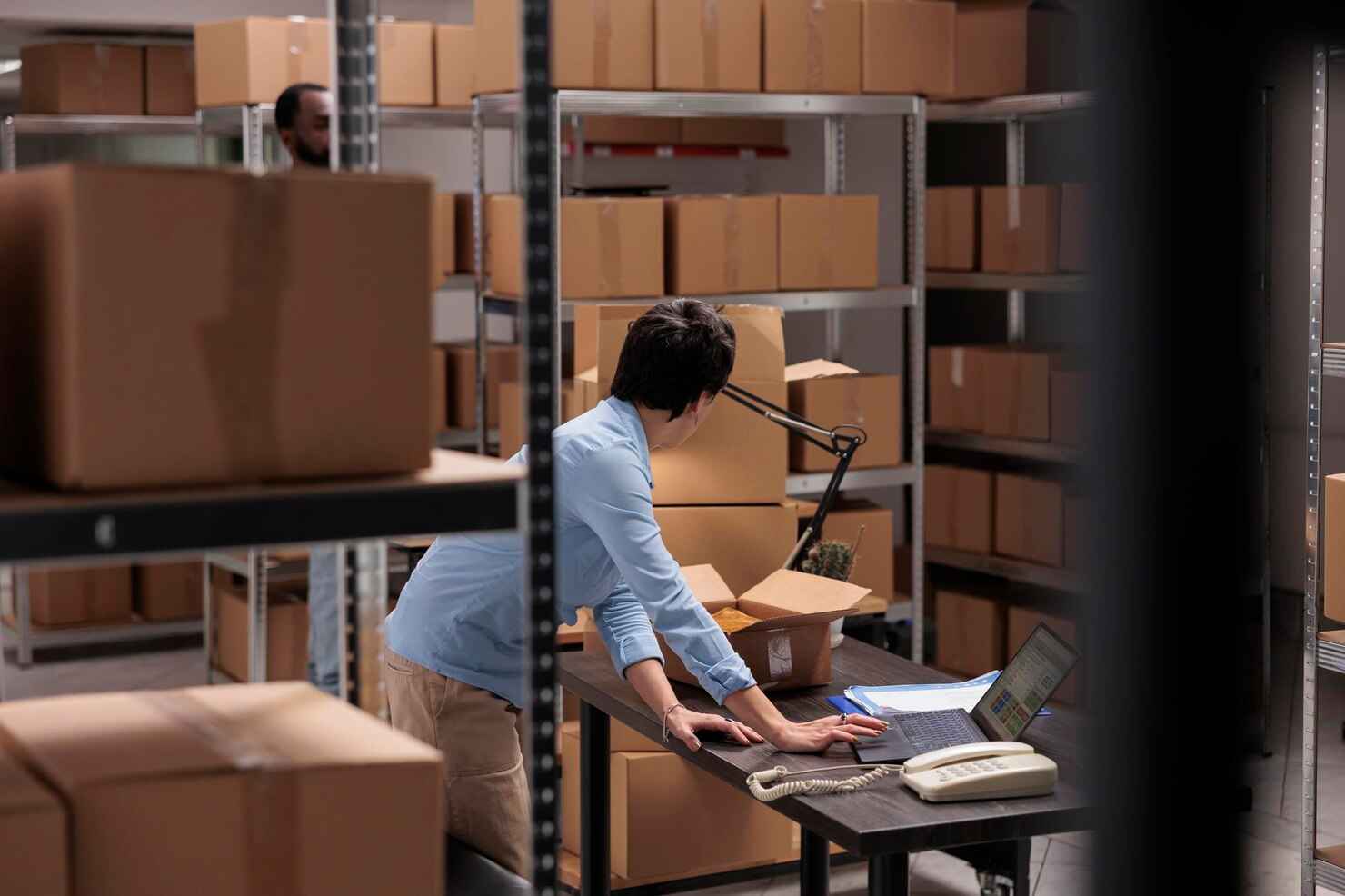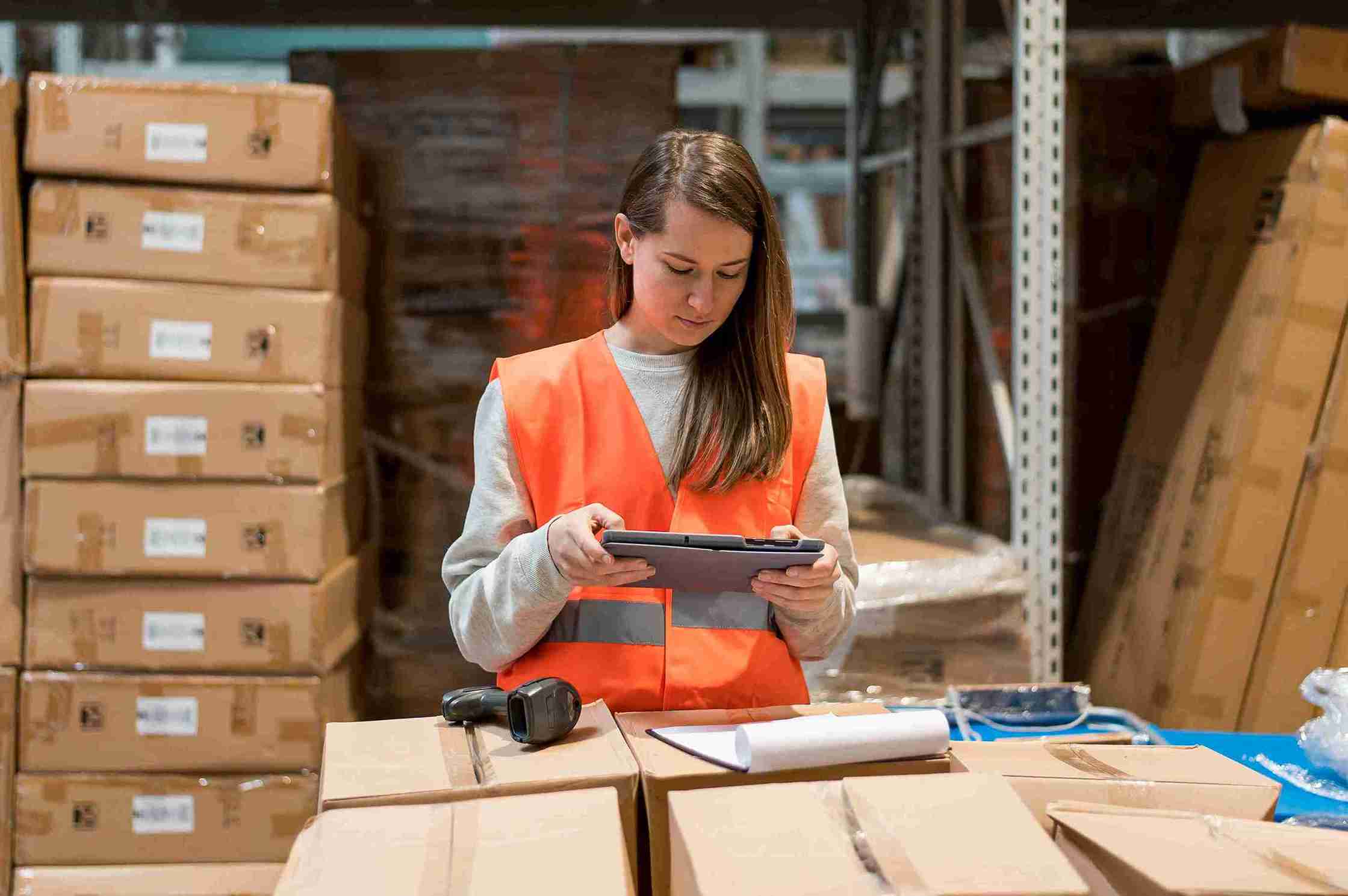 SHARE
SHARE
Mark Up: A Smart Strategy for Setting Prices, Here’s the Explanation!
Sovia
Have you ever felt that your product is selling well but the profits are still small? This might be because the mark-up strategy hasn’t been applied correctly.
Setting the selling price is not just about adding a number; it’s about balancing costs, profits, and value in the eyes of customers.
Many businesses hesitate to raise prices due to fears of losing customers. In fact, a strategic mark-up can actually boost profits without sacrificing competitiveness.
This article will discuss how to determine the ideal mark-up price and its benefits for your business. With the right strategy, businesses can become healthier, grow, and remain attractive to customers.
What is Mark Up?
Mark-up is a business strategy for setting the selling price of a product by adding a profit margin above the production cost.
In other words, the mark-up price is the difference between the production cost and the set selling price. This strategy is crucial for ensuring businesses maintain healthy profits without harming the purchasing power of customers.
Mark-up pricing is one of the most widely used methods by various types of businesses, from retail to manufacturing.
It’s effective because it’s simple but ensures that the business continues to generate profit. Mark-up pricing not only covers direct production costs but also other operational costs such as marketing, distribution, and administration.
When determining the mark-up price, businesses need to consider several factors such as market prices, customer purchasing power, and competitors’ strategies.
A mark-up that is too high could make the product hard to sell, while a mark-up that is too low could reduce profitability. Therefore, striking a balance when setting the mark-up is key to maintaining competitiveness and business growth.
More than just raising prices, mark-up is a strategy that helps businesses understand cost structures, maximize profits, and remain relevant in the market.
With the right approach, mark-up can become a powerful tool to increase profitability without compromising customer satisfaction.
Read more: How to Calculate the Break-Even Point (BEP) for a Business
Benefits of the Mark-Up Method in Business
Source: freepik.com
Setting the right selling price is not just about numbers; it’s also about a strategy that ensures business growth. By applying the mark-up method properly, businesses can gain various benefits. Check out the following explanation:
1. Optimizing Profits
Running a business without a clear pricing strategy can erode profits. The mark-up method allows businesses to calculate profit margins more precisely. This calculation ensures that each product or service sold can cover production and operational costs, while still providing enough profit for business growth.
2. Maintaining Competitive Pricing
If the price is too high, customers might turn to competitors. If the price is too low, the business could suffer losses. The mark-up method helps determine the right price without sacrificing profitability or competitiveness. This way, businesses can continue attracting customers without losing profitability.
3. Flexibility in Adjusting Prices
Markets are always changing, as are production costs and competitors’ strategies. Using the mark-up method allows businesses to adjust prices more flexibly. When costs rise, the selling price can be corrected without sacrificing profit margins, ensuring the business stays healthy.
4. Consistency in Pricing
Customers value transparency and consistency in pricing. With the mark-up method, businesses can maintain a clear and easily understood pricing structure. This builds customer trust and makes it easier for them to make purchasing decisions.
5. Maintaining Market Stability
Healthy business competition is not only about winning the market but also about creating a sustainable ecosystem. The mark-up method, which focuses on production costs rather than just following competitor prices, helps maintain market stability. This way, businesses can grow sustainably without getting caught in detrimental price wars.
Mark-Up Pricing Method
Mark-up is a method widely used to determine the selling price of products by adding a certain percentage to the cost price. With this approach, the selling price of a product is calculated based on the production cost and the desired profit margin. So, how do you determine the right price using the mark-up method? Let’s discuss a few important steps you can apply.
1. Observing Competitors
One common way to set a mark-up price is by monitoring the prices offered by competitors. This provides an overview of the prevailing market prices.
However, this method is more effective for standard products. Even so, it’s important to always consider the quality and features of your products to ensure you're not just following market prices but also factoring in the value you're offering.
2. Setting Sales Targets
Setting sales targets is the next crucial step. By having clear targets, you can know how many products need to be sold within a certain time frame.
This becomes a reference for determining the right mark-up price so the business remains efficient, without products staying too long in the warehouse.
Proper inventory management ensures that the business focuses not only on profits but also on operational efficiency.
3. Calculating Operational Costs
Operational costs must also be a primary consideration when setting a mark-up. Before determining the price, calculate all costs involved in production and distribution, from transportation to packaging.
Combining operational costs with product purchase costs will help you calculate a fair and profitable mark-up.
With accurate calculations, your business can continue to grow without falling into losses.
4. Setting Business Growth Targets
Every business has growth goals. Therefore, setting growth targets is part of the mark-up pricing strategy.
You need to consider the profit you wish to achieve to support business growth, whether in terms of product development or market expansion.
This target setting ensures that your business not only survives but also moves forward and expands its reach.
How to Calculate Mark-Up
Mark-up is the difference between the cost price and the selling price, calculated using a simple formula. To determine a profitable selling price, you need to understand how to calculate the right mark-up.
One ratio that can help you calculate the average mark-up value is the percentage that compares the mark-up to the cost.
You can use the following formula to calculate the selling price:
Mark-up can also be presented as a percentage using the following formula:
The higher the mark-up value, the greater the potential profit. However, it’s important to set the mark-up wisely, considering product quality and market demand during the same period.
This way, you can manage the selling price appropriately and remain competitive in the market.
Example of Mark-Up Pricing Calculation in a Business
For example, you own a café business and sell iced coffee milk. The cost of raw materials to make one cup of iced coffee milk consists of:
- Coffee: Rp3,000
- Milk: Rp4,000
- Sugar & Syrup: Rp2,000
- Ice & Cup: Rp1,500
- Total Product Cost: Rp10,500.
If you want to apply a 50% mark-up, the calculation is as follows:
1. Calculating the Mark-Up
- Mark Up = Rp10.500 × 50%
- Mark Up = Rp5.250
2. Determining the Selling Price
- Selling Price = Rp10,500 + Rp5,250
- Selling Price = Rp15,750
If you want to round up the price for simplicity, you can sell it for Rp16,000 per cup.
3. Calculating the Mark-Up Percentage
- Mark-Up Percentage = (Rp5,250 / Rp10,500) × 100%
- Mark-Up Percentage = 50%
With a selling price of Rp16,000, you can still achieve a profit that aligns with your business strategy and market conditions.
Read more: Understanding Cost of Goods Sold (COGS) & What is the Calculation Formula?
Conclusion
Determining the right selling price using the mark-up method is an important step in ensuring stable profits for your business while maintaining customer satisfaction.
Additionally, other methods like BEP, cost-plus, and COGS can also be suitable options depending on the business conditions and needs.
Combining these methods can provide advantages in more flexible and effective pricing strategies.
To help streamline the pricing process and improve your business operations management, use solutions from ESB.
Using ESB Core, you can automate various business aspects, from inventory management to comprehensive financial reports. Contact us now and consult how ESB can support your business growth!
 SHARE
SHARE




